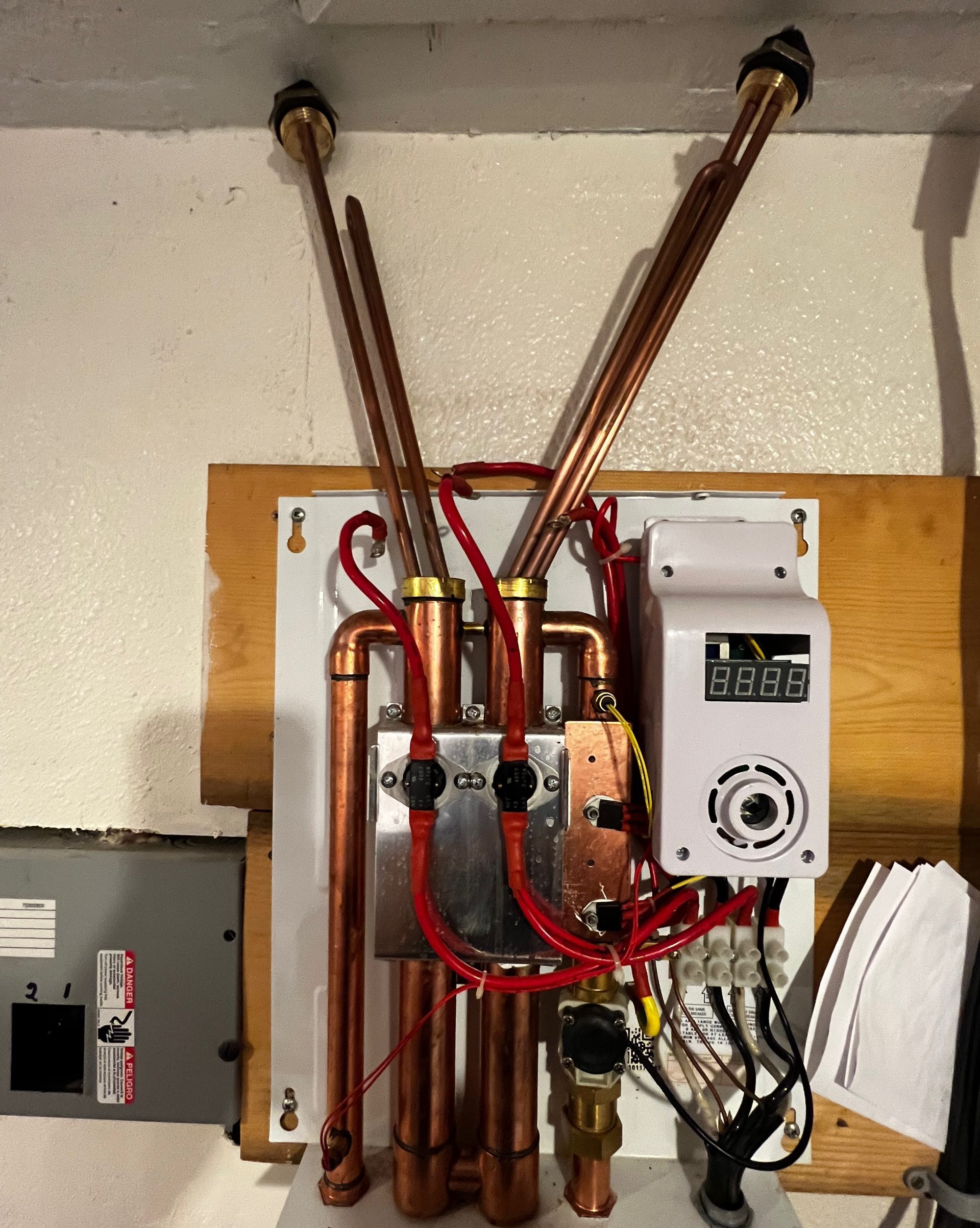Steps on How to Care for Your Home's Hot Water System ProperlyImportant Advice on Caring for Your Home's Hot Water System
Steps on How to Care for Your Home's Hot Water System ProperlyImportant Advice on Caring for Your Home's Hot Water System
Blog Article
The article further down relating to Tips For Maintaining Your Hot Water Heater is fairly remarkable. Give it a try and draw your own conclusions.

Warm water is vital for daily convenience, whether it's for a revitalizing shower or washing recipes. To ensure your hot water system runs successfully and lasts much longer, regular upkeep is crucial. This article offers sensible ideas and understandings on how to preserve your home's hot water system to stay clear of interruptions and costly fixings.
Introduction
Maintaining your home's warm water system might appear difficult, but with a couple of easy actions, you can ensure it operates smoothly for many years ahead. This guide covers every little thing from recognizing your hot water system to do it yourself maintenance ideas and knowing when to call in professional aid.
Significance of Preserving Your Warm Water System
Routine upkeep not only extends the life-span of your hot water system however also ensures it operates effectively. Disregarding maintenance can bring about decreased efficiency, higher power bills, and also premature failure of the system.
Indicators Your Hot Water System Requirements Maintenance
Recognizing when your warm water system needs interest can avoid significant issues. Watch out for indicators such as inconsistent water temperature, weird noises from the heating unit, or rustic water.
Purging the Water Heater
Flushing your hot water heater removes debris build-up, boosting efficiency and extending its life.
Checking and Replacing Anode Rods
Anode poles protect against corrosion inside the storage tank. Checking and replacing them when worn is important.
Complex Problems Needing Professional Help
Examples consist of significant leakages, electrical issues, or if your water heater is regularly underperforming.
Routine Professional Maintenance Benefits
Professional maintenance can consist of thorough inspections, tune-ups, and ensuring compliance with safety and security requirements.
Checking and Adjusting Temperature Setups
Readjusting the temperature settings ensures optimum efficiency and security.
DIY Tips for Maintenance
You can perform numerous upkeep jobs yourself to keep your warm water system in top condition.
Looking for Leakages
Consistently check pipes and connections for leaks, as these can result in water damage and higher bills.
Understanding Your Hot Water System
Prior to diving right into upkeep jobs, it's practical to comprehend the basic parts of your warm water system. Usually, this includes the water heater itself, pipes, anode poles, and temperature controls.
Monthly Upkeep Tasks
Routine monthly checks can help catch small problems before they escalate.
Testing Stress Alleviation Valves
Evaluating the pressure safety valve guarantees it works correctly and stops extreme pressure build-up.
Insulating Pipelines
Protecting hot water pipelines lowers warm loss and can save power.
When to Call a Specialist
While DIY upkeep is useful, some issues require specialist competence.
Final thought
Routine maintenance of your home's warm water system is necessary for effectiveness, long life, and expense savings. By adhering to these suggestions and recognizing when to seek expert assistance, you can ensure a trustworthy supply of hot water without unanticipated interruptions.
How to Maintain an Instant Hot Water Heater
Before tinkering with your hot water heater, make sure that it’s not powered on. You also have to turn off the main circuit breaker and shut off the main gas line to prevent accidents. Also turn off the water valves connected to your unit to prevent water from flowing into and out of the appliance. 2. When you’re done, you have to detach the purge valves’ caps. These look like the letter “T” and are situated on either side of the water valves. Doing so will release any pressure that has accumulated inside the valves while at the same time avoid hot water from shooting out and burning your skin. 3. When the purge valves’ caps are removed, you have to connect your hosing lines to the valves. Your unit should have come with three hoses but if it didn’t, you can purchase these things from any hardware or home repair shops. You can also get them from retail stores that sell water heating systems. Read the user’s manual and follow it to complete this task properly. When the hosing lines are connected, open the purge port’s valves. 4. You should never use harsh chemical cleaners or solutions when cleaning your unit. Make use of white vinegar instead. It should be undiluted and you’ll probably use about 2 gallons. 5. Now flush your water heater. This task should probably take about 40 minutes. We can’t give you specific directions for this because the procedure is carried out depending on the type, model and brand of your heater. With that being said, refer to the user’s manual. 6. When you’re done draining the unit, you have to turn off the purge port valves again. Remove the hosing lines that you earlier installed on each of the water valves. Put the valve caps (purge port) back in their respective places and be very careful so as not to damage the rubber discs that are found inside these caps. 7. Now that everything’s back in place, check your user’s manual again to find out how to reactivate your water heating system. 8. Once it is working, turn one of your hot water faucets on just to let air pass through the heater’s water supply pipes. Leave the tap on until water flows smoothly out of it. https://www.orrplumbing.com/blog/2014/september/how-to-maintain-an-instant-hot-water-heater/

I came across that review on How to Maintain a Hot Water Heater in a Few Simple Steps when doing a search on the search engines. Do you know about somebody who is serious about the topic? Be sure share it. Thanks a lot for your time. Kindly check our blog back soon.
Call Us Today Report this page